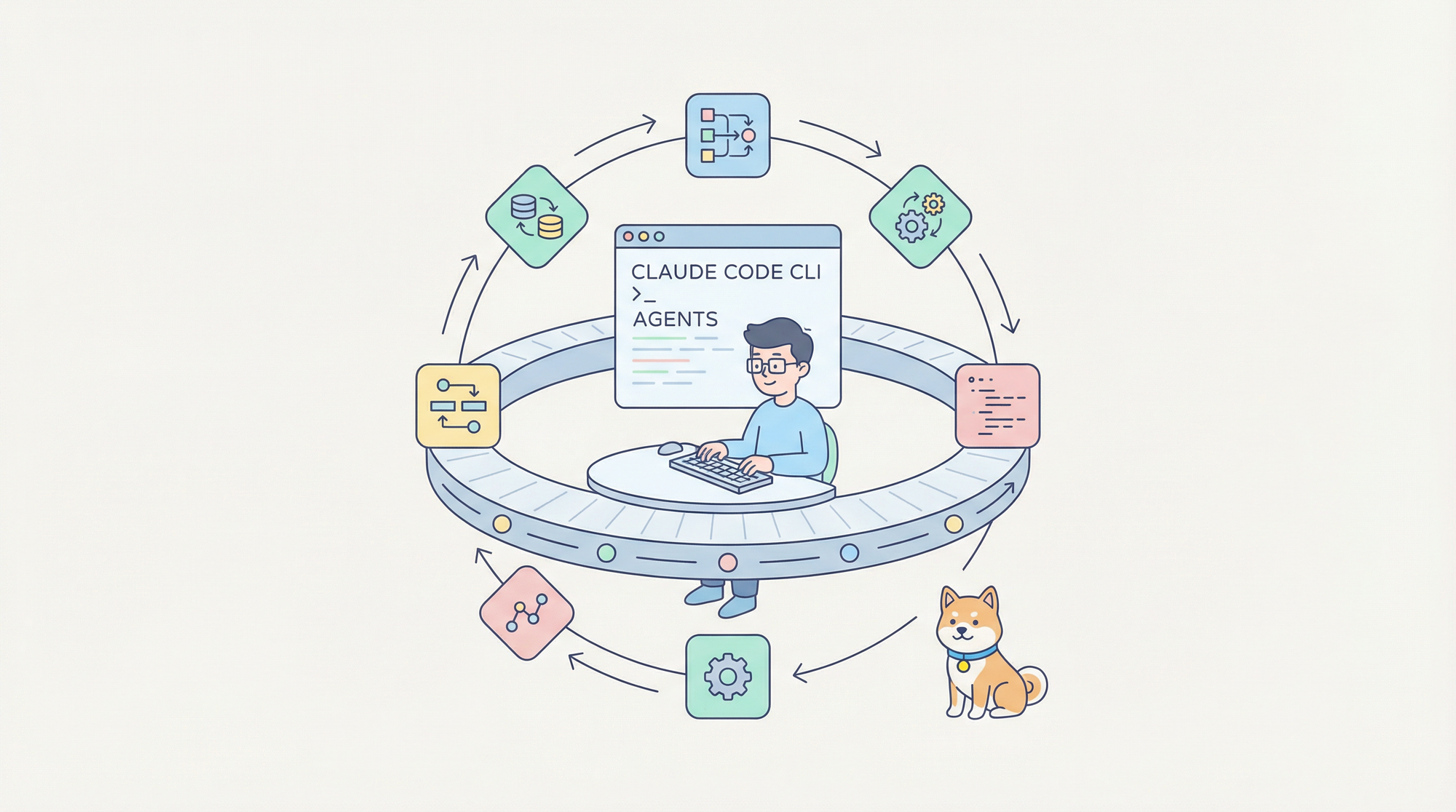With the advent of the digital era, Application Programming Interfaces (APIs) have become crucial in facilitating data exchange between various systems, services, and applications. APIs enable developers to access and share information in a standardized manner, fostering flexibility and scalability in software development.
Among these, CRUD APIs (Create, Read, Update, Delete) have emerged as fundamental data manipulation interfaces in many software systems, streamlining the management and interaction with data. This article delves into the CRUD meaning, principles, and significance of CRUD APIs in modern software development.
What is CRUD?
CRUD stands for Create, Read, Update, and Delete. It represents the fundamental operations that can be performed on data in a database or any persistent storage system. These operations are the basic building blocks for managing data in various applications, including web development, database systems, and other software solutions. CRUD operations have specific tasks they can perform on a database. Let us understand each of these in more detail.
Create:
- Purpose: The Create operation involves adding new data to a database. This could be a new record, entry, or object, depending on the type of data storage being used.
- Process: A new data set is inserted into the database during the create operation. This often involves specifying values for each field in the record being created.
- Example: In a relational database, creating a new user might involve inserting a new row into the "Users" table with values for each column, such as username, email, and password.
Read:
- Purpose: The Read operation involves retrieving or querying existing data from the database. It is used to view or fetch information without changing the data.
- Process: During the read operation, a query is formulated to retrieve specific records or data from the database. This could involve filtering, sorting, or combining data from multiple tables.
- Example: If you want to fetch the details of a specific user from the Users table based on their username, you will utilize the Read operation.
Update:
- Purpose: The Update operation is used to modify or update existing data in the database. It involves changing the values of specific fields within a record.
- Process: During the update operation, a query is constructed to identify the record to be modified, and new values are provided for the fields that need to be updated.
- Example: To update a user’s email address in the User’s table, you must execute a query that sets a new email value for a specific user.
Delete:
- Purpose: The Delete operation removes or deletes existing data from the database. It involves the permanent removal of records or entries.
- Process: During the delete operation, a query is formulated to identify the record to be deleted, and the system removes that record from the database.
- Example: Deleting a user account might involve executing a query to remove the corresponding record from the "Users" table.
Source: https://docs.remaketheweb.com/what-is-crud/
What is Apidog?
Apidog is a versatile API integration platform streamlining testing, debugging, design, mocking, and documentation. With a user-friendly interface, it enhances collaboration, optimizes testing, and facilitates schema creation for results.

Notably, Apidog excels in documenting API responses with customizable layouts, features user-friendly testing tools, and promotes collaborative efforts with shared projects. It simplifies API monitoring, and its mocking capabilities eliminate scripting, providing an efficient development experience.



